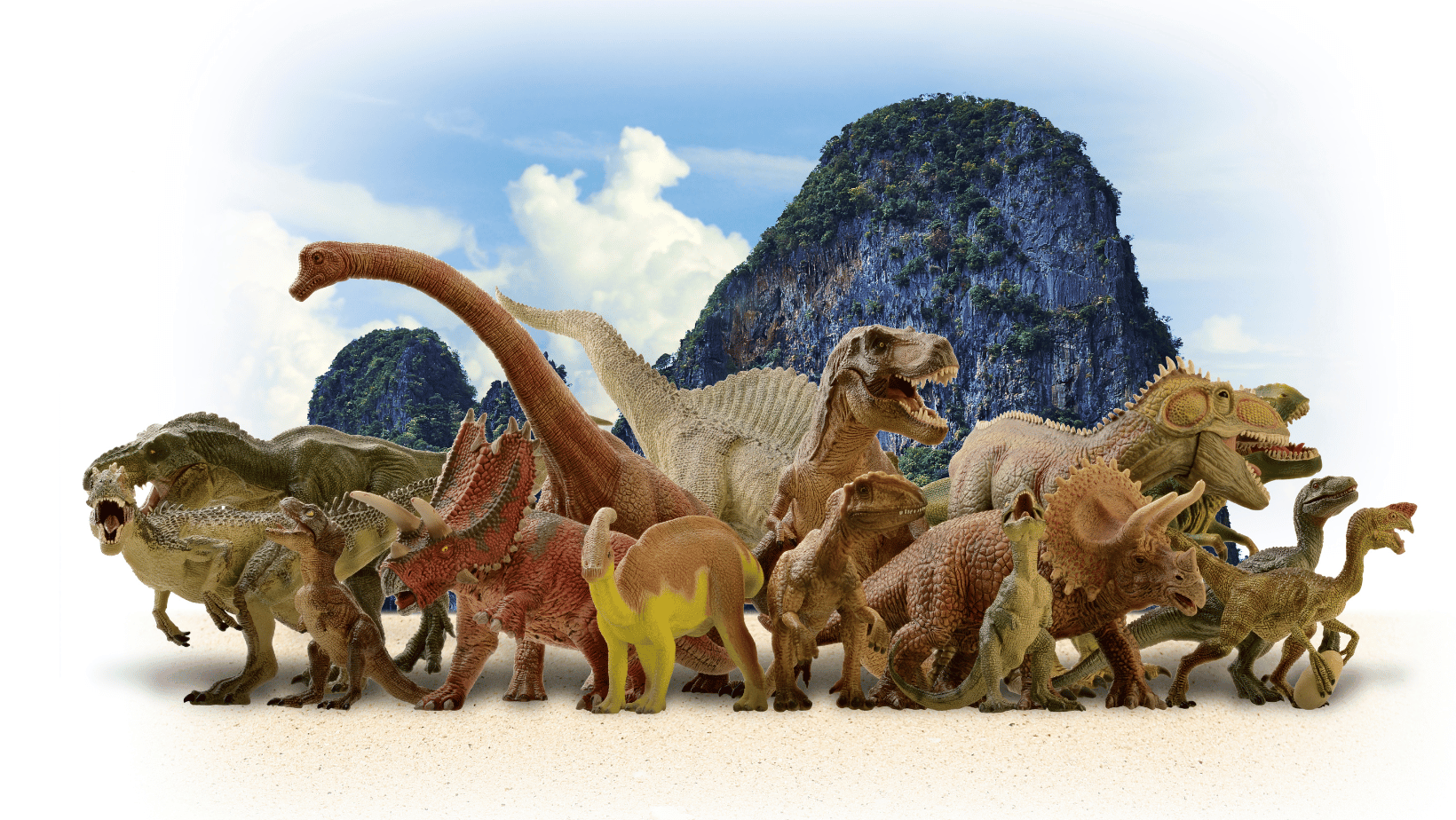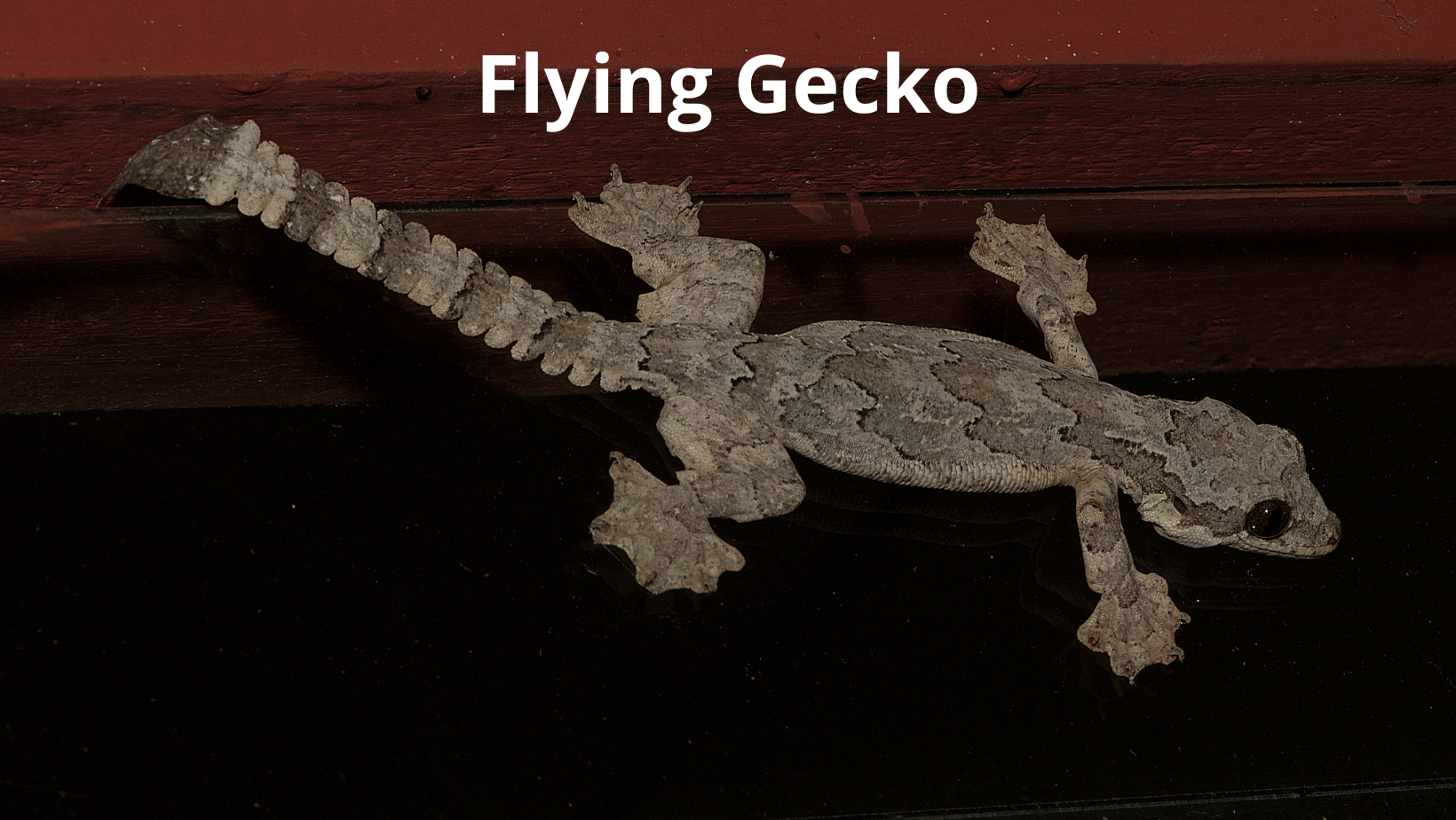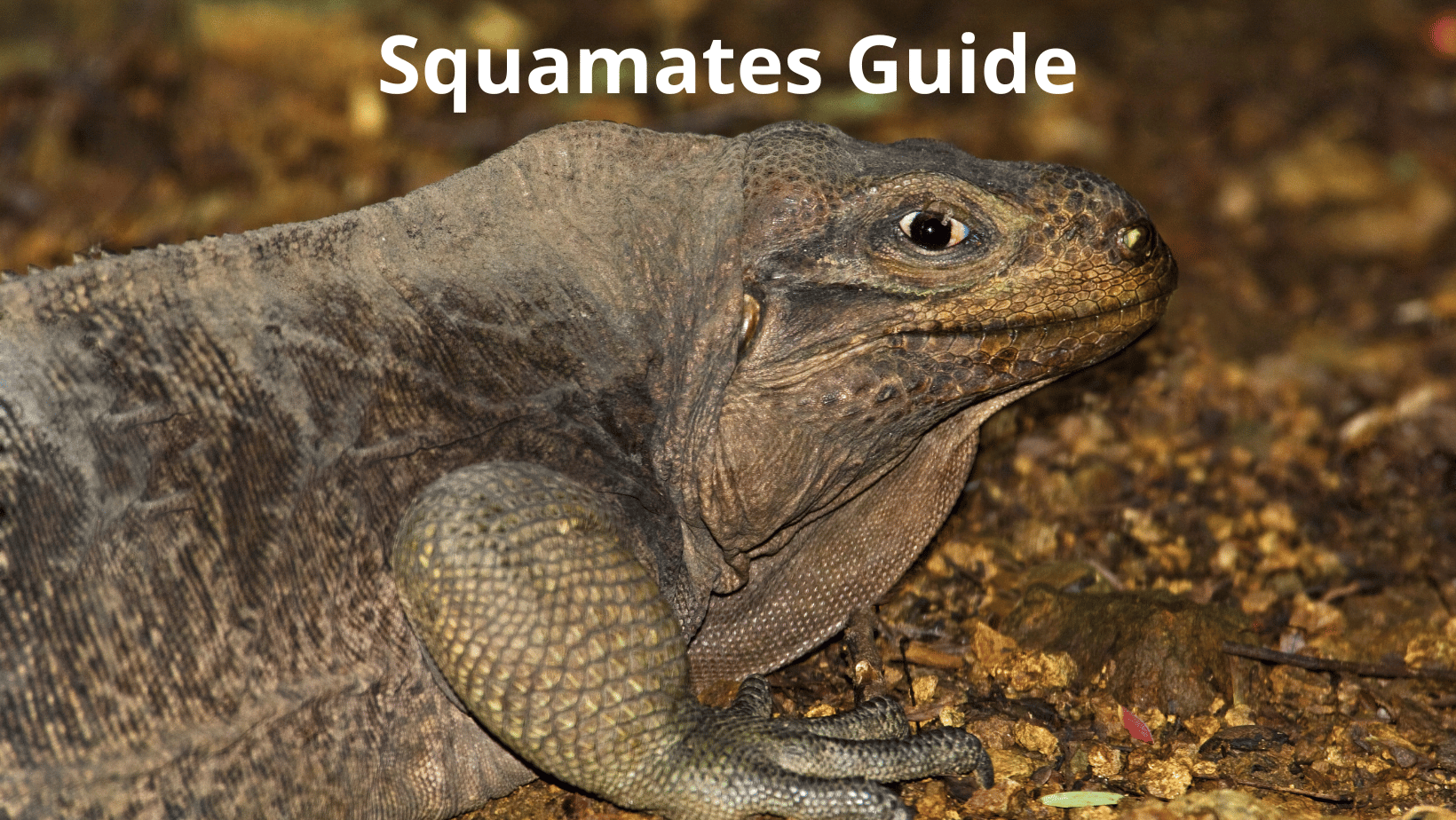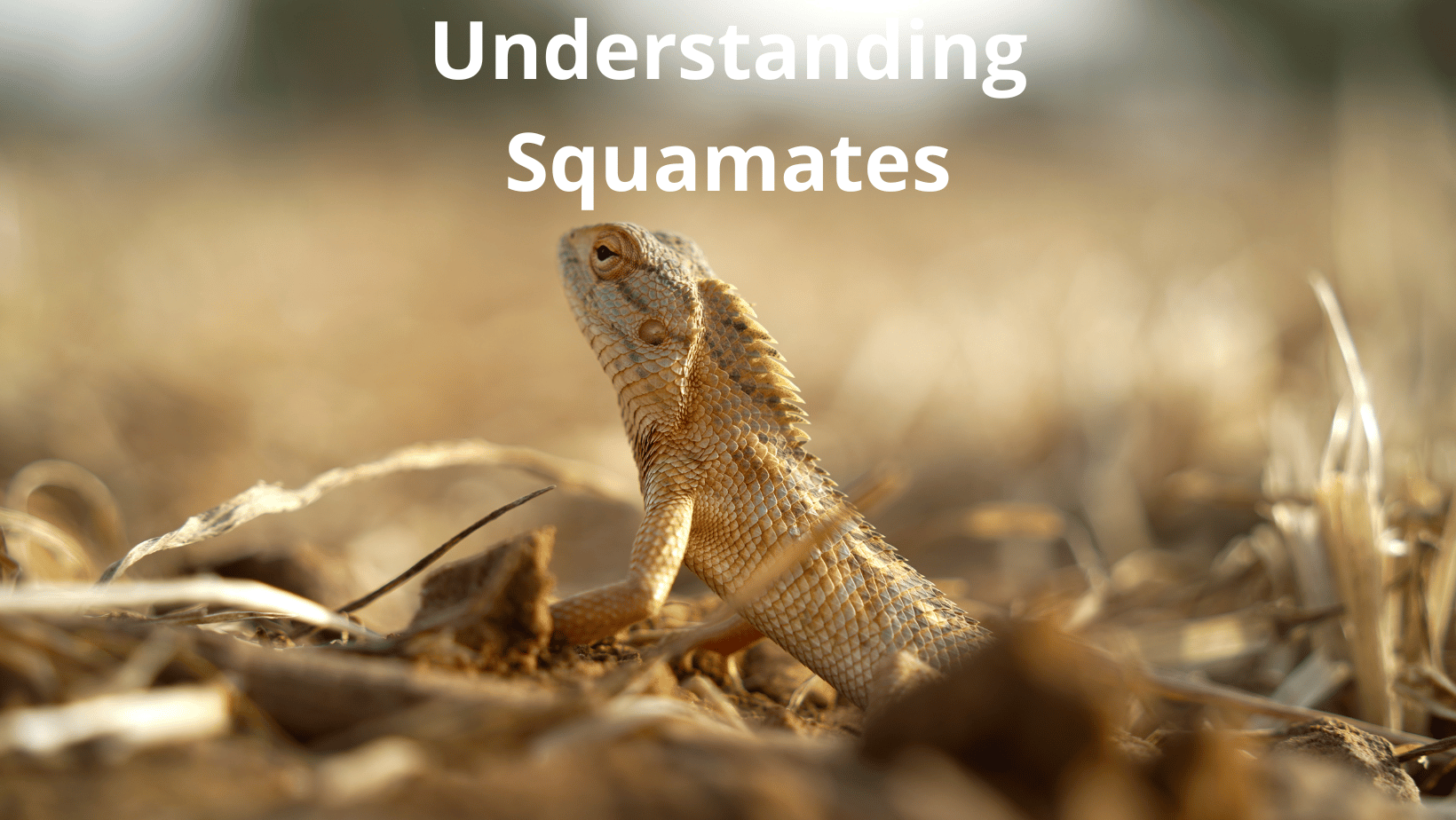Reptiles have been an essential part of Earth’s ecosystem for millions of years.
While we can observe many smaller reptiles today, such as geckos and snakes, ancient history was dominated by a different class of these creatures: the dinosaurs.
These awe-inspiring reptiles, though extinct, continue to intrigue scientists and enthusiasts alike. Their presence is not merely historical but also foundational, as they are ancestors to many of the reptiles and birds we admire today.
Dive into this article to explore 25 of the most notable dinosaur species, chronologically ordered by their period of existence and alphabetically organized for easy reference.
The History Of Dinosaurs
Dinosaurs, despite bearing resemblance to our contemporary reptiles and avians, hold a singular and majestic niche within the realm of kingdom Animalia. This vast kingdom, a tapestry of life ranging from mammals to insects, showcases evolution’s marvels. While dinosaurs don’t align perfectly with the Reptilia class, their identity often intertwines with reptiles, making them subjects of endless fascination for experts and enthusiasts alike.
Interestingly, dinosaurs predominantly nest within the phylum Chordata, which also houses reptiles. Amidst the myriad creatures of the Mesozoic Era, some, like the enigmatic Mosasaurus, often blurrily straddle the line between dinosaurs and other reptiles, demonstrating the intricate intricacies of paleontological classification.
The Mesozoic Era, a theatre for these titanic creatures, unfolded across three pivotal periods:
- Triassic (225 million years ago): An epoch witnessing the dawn of dinosaurian majesty.
- Jurassic (200-145 million years ago): A time of grandeur, hosting legends like Stegosaurus and Brontosaurus.
- Cretaceous (145-65 million years ago): The swansong for beasts like Tyrannosaurus rex and Triceratops. This period culminated in an enigmatic curtain fall for dinosaurs, though one could argue that every chirp of today’s birds whispers tales of their dinosaurian ancestors.
Dinosaurs didn’t uniformly tread the Mesozoic landscape, indicating that while some shared their world, others were eons apart. An enthralling aspect, showcasing nature’s rhythm of creation and extinction.
The world they inhabited was in a constant state of flux. The Mesozoic began with a colossal landmass, Pangaea—a stark contrast to today’s dispersed continents. This ancient supercontinent, over time, splintered and drifted, forming our current geographical tapestry, a journey echoed in the scattered dinosaur fossils worldwide.
Their mysterious vanishing act remains a conundrum for the ages. Among the swirling theories, the narrative of a catastrophic asteroid, dubbed the “Chicxulub impactor,” near Mexico’s coast dominates. This cosmic event, coupled with severe climatic upheavals, likely ignited the K-T extinction event. This devastating episode eradicated approximately 60% of Earth’s species, silencing the roars of dinosaurs. Yet, the legacy of these magnificent creatures endures, not just in fossils and theories but also in our insatiable curiosity and the eternal quest to understand the intricacies of life’s grand tapestry.
List Of 25 Dinosaur Species Alphabetically
Journey through the annals of prehistoric time as we catalog the fascinating dinosaurs that once roamed our planet. Presented in an easy-to-follow alphabetical order, this list offers a glimpse into the diverse array of creatures that shaped the Mesozoic Era.
Allosaurus
“Allosaurus – A fierce predator from the late Jurassic period.”

Allosaurus, an iconic theropod dinosaur from the late Jurassic era, boasts a formidable physique with sturdy hind legs, a pronounced skull, and distinctive crests above its eyes, resembling protective eyebrows. Discovered first in the rugged terrains of Colorado in 1869, subsequent finds have painted the American Midwest as a hotspot for Allosaurus fossils. Remarkably, with a stature reaching up to 33 feet long and standing at 16.5 feet tall, this behemoth weighed around two tons. Its fearsome nature and size enabled it to hunt sizable herbivorous dinosaurs, and interestingly, recent studies suggest that Allosaurus might have occasionally engaged in pack hunting, a behavior hinting at a level of social coordination.
Ankylosaurus
“Ankylosaurus – Known for its heavily armored body and large club-like tail.”
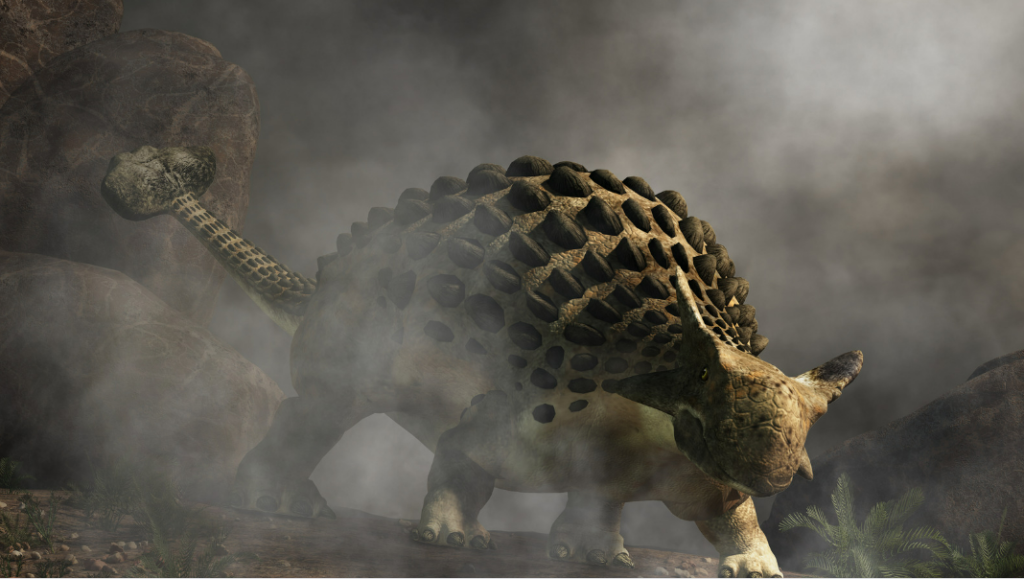
Ankylosaurus, hailing from the twilight years of the Cretaceous period, is a captivating cerapod that subsisted primarily on ground-hugging vegetation. Its remarkable aesthetics set it apart from other dinosaurs of its time.
Sporting a sturdy frame that lay close to the earth, the Ankylosaurus was an armoured fortress on legs, its back adorned with an intricate array of spikes arranged in rows. Not just content with this natural armor, it possessed a formidable tail, which culminated in a massive club-like appendage, reminiscent of a prehistoric mace.
In 1908, the world was formally introduced to this magnificent beast through the works of Barnum Brown. The expedition in Montana, helmed by Brown, bore fruit when collector Peter Kaisen unearthed the first known specimen of this species.
Measuring an impressive 20 to 26 feet in length and tipping the scales at approximately 18,000 pounds, the Ankylosaurus was undeniably a giant. An intriguing fact about this dinosaur is that its clubbed tail, apart from serving as a defensive mechanism, might also have played a role in intraspecific combat, similar to modern animals establishing dominance or competing for mates. The sheer power of their tail could have been a decisive factor in these interactions, showcasing nature’s blend of form and function.
Apatosaurus
“Apatosaurus – Once mistakenly referred to as the Brontosaurus.”

While many might nostalgically recall the Apatosaurus by its once-popular moniker, Brontosaurus, it’s crucial to understand that the Brontosaurus represents just a fragment of the broader Apatosaurus family.
Apatosaurus stands out as a beacon among the sauropod dinosaurs, with its roots firmly planted in North America’s late Jurassic landscape. While they sported the quintessential elongated necks characteristic of sauropods, their physique was uniquely robust, making them somewhat shorter and more stout compared to their long-necked kin.
The intriguing name “Apatosaurus” translates to “deceptive lizard.” This title doesn’t comment on its guile but rather on its distinctive chevron bones which, surprisingly, are unlike those of its close dinosaur relatives. Feeding predominantly on the rich flora of its time, the Apatosaurus munched on an assortment of trees and shrubs, filling its massive frame.
Growing to staggering lengths of around 69 to 75 feet, these creatures were veritable titans, weighing between 72,000 to a whopping 160,000 pounds. In an additional fascinating tidbit, despite their colossal size, studies suggest that the Apatosaurus had an air-filled respiratory system similar to modern birds. This design could have made their bodies lighter than they appear, providing them with more agility and perhaps explaining their survival success during their era.
Archaeopteryx
“Archaeopteryx – Often cited as the link between dinosaurs and birds.”

Archaeopteryx, often hailed as the “inaugural bird” (meaning the first bird), presents an enthralling blend of avian and reptilian characteristics.
The discovery story of this creature is remarkable. Hermann von Meyer stumbled upon a solitary feather belonging to this species in Germany in 1860. Just a year later, the world was introduced to its skeleton. The annals of paleontology have since been graced with several exquisitely preserved fossils of these feathers.
Its dietary preferences remain shrouded in some mystery, but as a member of the theropod family, it undoubtedly had carnivorous leanings. Small reptiles, petite mammals, and insects were likely on its menu.
Inhabiting our world during the waning days of the Jurassic period, the Archaeopteryx was relatively diminutive. Even the largest of its kind barely touched the two-foot mark in length. An additional point of wonder is that, despite its compact size, the skeletal and feather structures of the Archaeopteryx hint at it being one of the earliest ancestors of modern birds. This bridge between the world of dinosaurs and birds offers a captivating glimpse into evolution in action, reminding us of the dynamic nature of life on Earth.
Brachiosaurus
“Brachiosaurus – A massive herbivore with long neck and towering legs.”
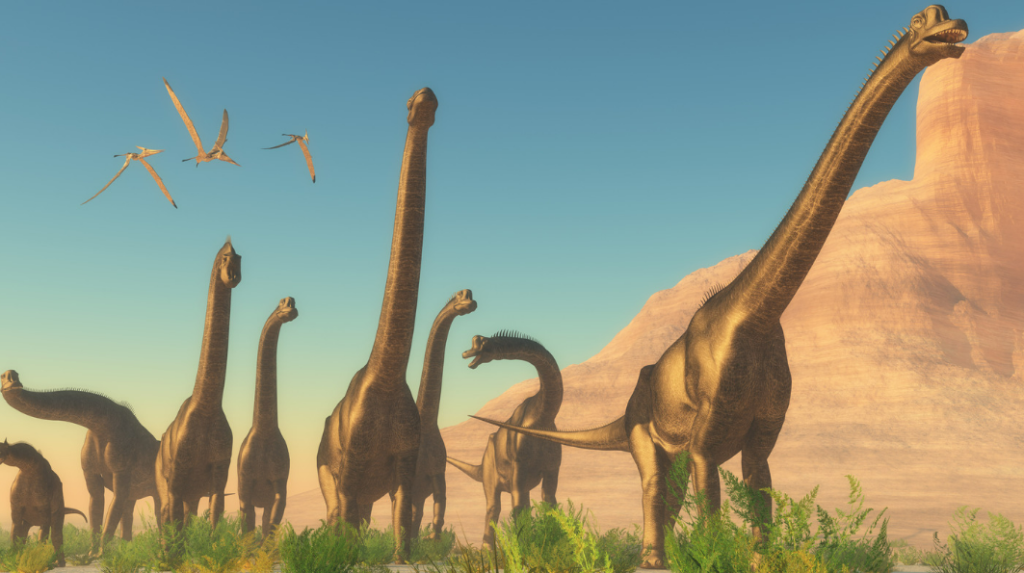
Brachiosaurus stands tall, both figuratively and literally, as one of the most iconic long-necked dinosaurs to have ever roamed the Earth.
Native to North America during the twilight of the Jurassic period, this massive sauropod’s lifestyle was once a subject of debate. Early theories posited that the Brachiosaurus might have dwelt in water bodies, using the buoyancy to manage its colossal weight. However, recent decades saw a paradigm shift in this understanding. The consensus among paleontologists now firmly places the Brachiosaurus on solid ground, debunking aquatic theories.
Its introduction to the world came via a fragmentary skull discovered amidst the rocky terrains of Colorado.
Boasting an impressive length of 60 to 70 feet and tipping the scales between 60,000 and 120,000 pounds, the Brachiosaurus was undeniably a titan of its time. Given its towering neck and herbivorous inclinations, it’s easy to envision this magnificent creature feasting on the upper echelons of ancient trees. An added layer of intrigue is the sheer design of its lungs and air sacs; much like modern birds, the Brachiosaurus had a highly efficient respiratory system, which likely played a crucial role in supporting its gargantuan size while remaining agile.
Carnotaurus
“Carnotaurus – Distinguished by its horned face and swift agility.”
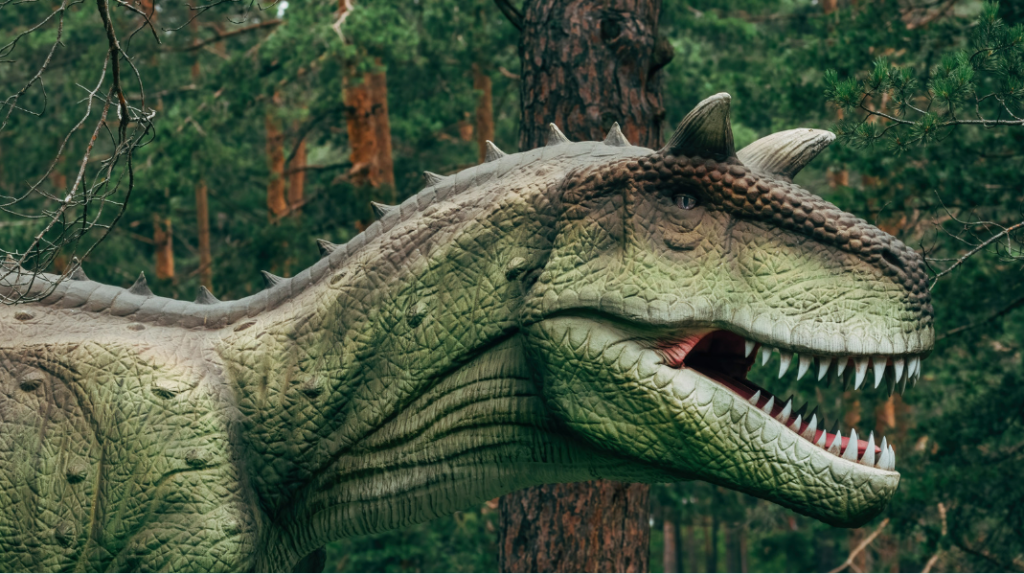
Carnotaurus, distinguished by its bipedal stance, diminutive arms, and twin horns gracing its forehead, remains a focal point in the study of the late Cretaceous era’s inhabitants.
This theropod has an edge over many of its prehistoric counterparts: its entire skeleton was unearthed, a rarity in paleontology given that many specimens are found incomplete. The year 1984 marked this groundbreaking discovery in Argentina, thanks to the keen eyes of local paleontologist José Bonaparte.
Its intriguing anatomy includes a jaw reminiscent of certain snake species in its flexibility, enabling it to efficiently devour smaller mammals in swift motions.
Spanning between 25 to 30 feet and weighing approximately 3,000 pounds, the Carnotaurus was indeed a formidable creature. A little-known fact about this dinosaur is the patterned texture of its skin, preserved in some fossils. This evidence suggests that Carnotaurus might have had a reptilian-like hide, adorned with bumpy scales, hinting at a vivid visualization of its appearance during its time on Earth.
Coelophysis
“Coelophysis – One of the earliest known dinosaur species.”
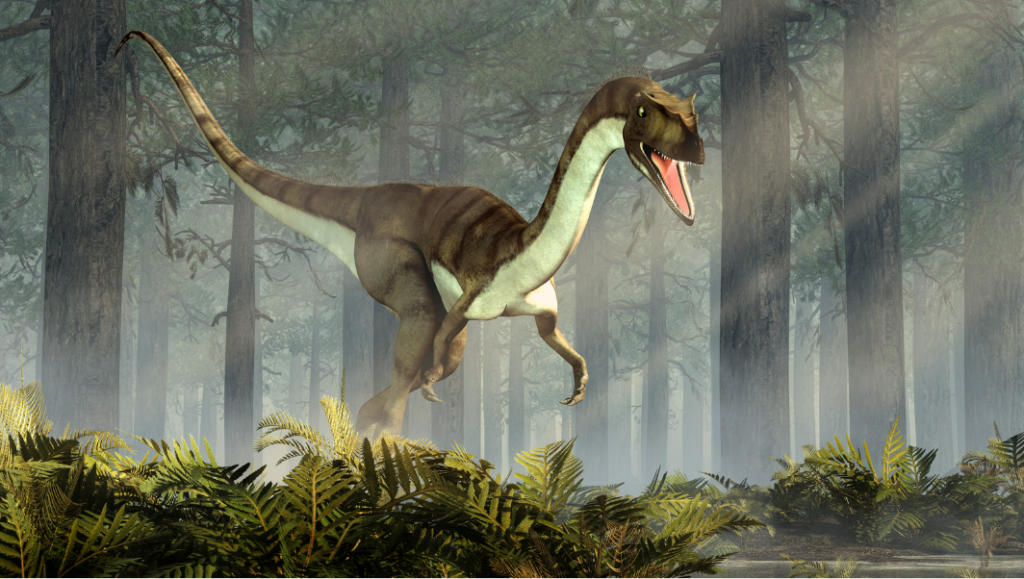
Coelophysis emerges from the annals of prehistory as one of the pioneering figures of the dinosaur realm, dating back to the waning days of the Triassic period. Falling under the Saurischian order, it boasts a “lizard-hipped” anatomical structure, a defining trait among some of the earliest dinosaurs.
Beyond its size, the Coelophysis’s lean frame, rapid movements, and nimbleness made it a formidable predator. This theropod’s carnivorous inclinations directed its palate towards smaller reptiles and insects, making it an active participant in the Triassic food chain.
Standing approximately 6.6 feet long and tipping the scales at around 50 pounds, it may seem diminutive compared to later giants. Yet, its bones have unveiled a fascinating detail: some specimens appear to contain the remains of younger Coelophysis inside their stomachs. This has led some scientists to speculate on the occasional cannibalistic tendencies of these creatures, suggesting the harsh conditions of their environment.
Deinonychus
“Deinonychus – Renowned for its razor-sharp claws.”
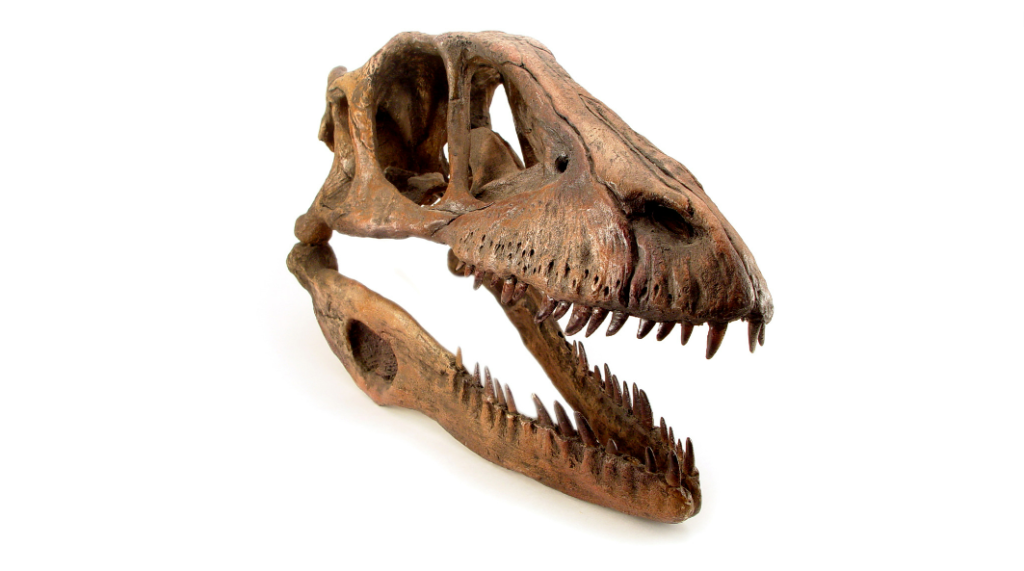
The Deinonychus burst into paleontological prominence in 1964 when a staggering cache of over a thousand bones was unearthed in southern Montana. Its footprints can be traced to the early Cretaceous period, stretching from the vast terrains of North America’s western interior to the heartlands of central Mongolia.
This raptor stands out for its pronounced talons and feathered limbs. When in motion, it would employ its forelimbs in a unique flapping gesture, adding weight to theories that link certain dinosaurs with modern birds.
Belonging to the theropod group, Deinonychus is characterized by a tridactyl foot and carnivorous tendencies.
With a size spanning approximately 11 feet and a weight touching around 160 pounds, the Deinonychus may not appear intimidating. However, paleontological records indicate that it was a formidable predator, often targeting larger prey, such as the Tenontosaurus, showcasing its audacity and hunting prowess.
Dilophosaurus
“Dilophosaurus – Often recognized by its distinctive double crest.”

Dimorphodon
“Dimorphodon – A prehistoric flying reptile often mistaken for a dinosaur.”

The Dimorphodon belonged to the pterosaur lineage, a unique category of flying reptiles that graced the skies during the early Jurassic era.
Distinctively different from most other dinosaurs, the Dimorphodon doesn’t fit into the Saurischian or Ornithischia classifications. Instead, it proudly claims its place in the Pterosauria order, dedicated exclusively to pterosaurs, or what many imagine as “flying dinosaurs.”
Unearthed for the first time in 1828 by the renowned fossil enthusiast, Mary Anning, in England, the Dimorphodon is a testament to the diversity of prehistoric life.
Evidence from tooth marks found on its fossils suggests that its menu mainly comprised insects and tiny terrestrial invertebrates.
With an impressive wingspan reaching roughly four and a half feet yet weighing a mere 4 pounds, the Dimorphodon’s body was relatively compact, spanning just about three feet in length. It’s interesting to note that, despite its modest size, it had a strong neck muscle, aiding it in capturing prey while in flight.
Diplodocus
“Diplodocus – Noted for its incredibly long neck and whip-like tail.”
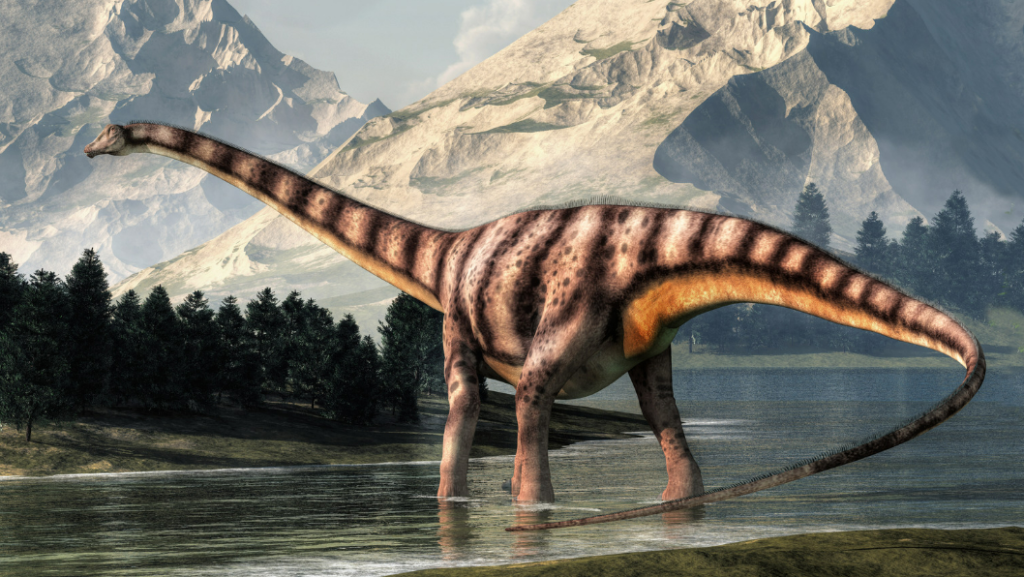
The Diplodocus stood out as a colossal sauropod, hailing from the late Jurassic era. Its first remains were unearthed in Colorado in 1877, thanks to the diligent efforts of Benjamin Mudge and Samuel Wendell. Later, the Como Bluffs of Wyoming bore witness to another significant find in 1897, as Barnum Brown and Henry Fairfield Osborn chanced upon another skeletal fragment.
Subsequent expeditions have unveiled numerous other Diplodocus species, predominantly in the midwestern regions of the United States. Today, these majestic remains grace museums across the globe.
With a staggering length of approximately 85 feet, the Diplodocus was undeniably massive. Tipping the scales at around 24,000 pounds or 12 tons, it was truly a sight to behold. Interestingly, despite its enormous size, it had a comparatively slender neck and tail, which has led paleontologists to believe it grazed on low-lying plants and ferns.
Europasaurus
“Europasaurus – A smaller sauropod that once roamed Europe.”
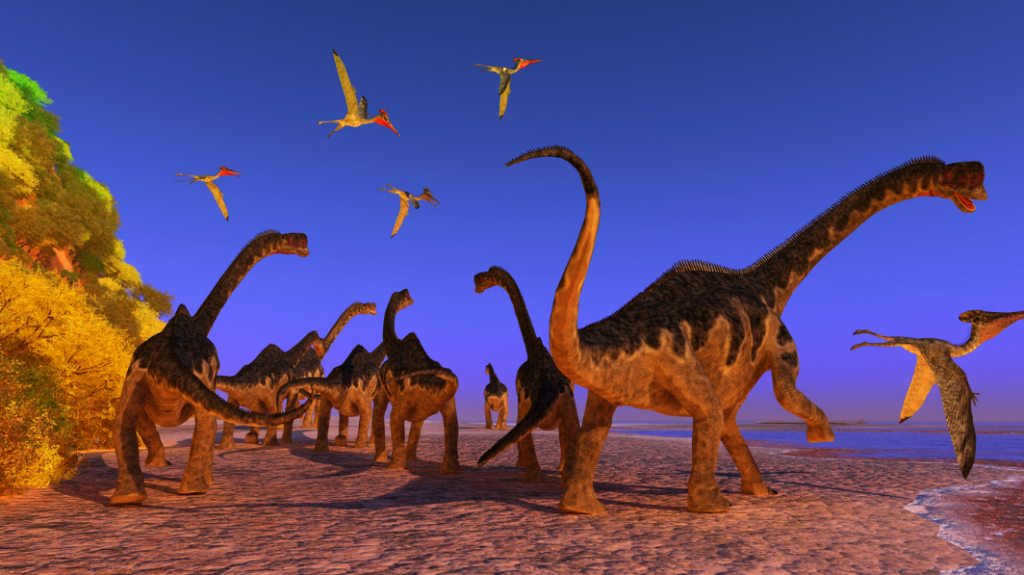
The Europasaurus stands as a recently identified long-necked behemoth. Its initial remains came to light in 1998, uncovered in Oker, Germany by an enthusiast named Holger Lüdtke.
The years following 1998 saw a surge in the discovery of Europasaurus bones, with thousands being unearthed.
Identified as a sauropod, the Europasaurus would have roamed during the Late Jurassic era.
The term “sauropod” encompasses a range of colossal dinosaurs characterized by their elongated necks, petite craniums, and sturdy quartet of limbs. These giants all fall under the Saurischian order.
The Europasaurus showcased a unique size progression. Juveniles spanned a modest 5.5 feet, while adults could stretch up to 20 feet, tipping the scales at an estimated 1,100 pounds. Intriguingly, when compared to its sauropod cousins, the Europasaurus was notably more compact in stature.
Gallimimus
“Gallimimus – Known for its ostrich-like appearance and swift feet.”
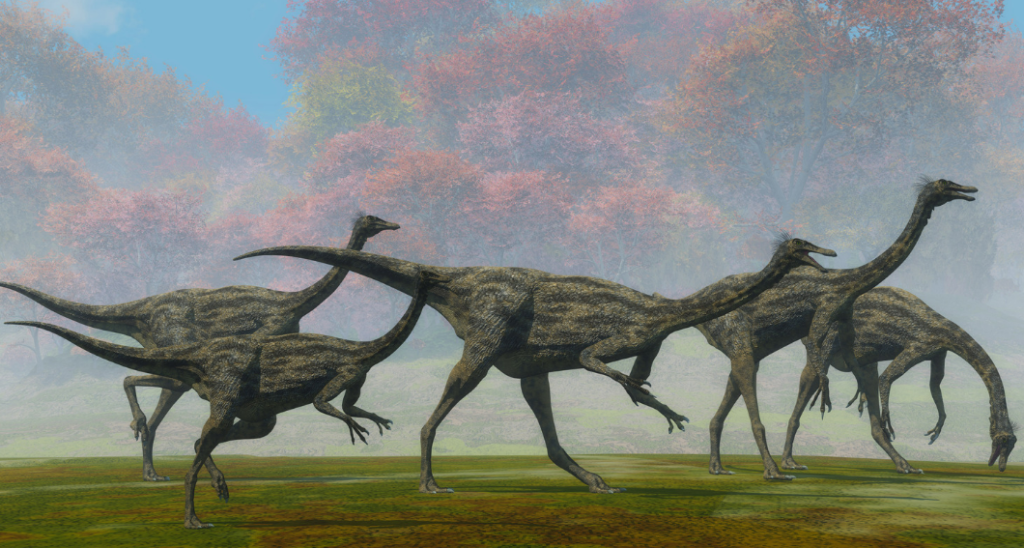
The Gallimimus is a remarkable theropod, with its discovery rooted in the extensive Palaeontological Expeditions that took place in Mongolia during the late 1960s. Classified under the Saurischian order, this creature roamed the earth in the late Cretaceous period.
Subsequent explorations in the Gobi Desert of Mongolia have unveiled more skeletal remnants of this intriguing dinosaur.
Resembling an oversized version of our contemporary chickens, this dinosaur’s skeletal framework was unique. Standing bipedally, the Gallimimus possessed diminutive arm structures reminiscent of wings. It’s believed to be among the pioneering dinosaurs to sport feathers, drawing a closer evolutionary link to present-day avian species.
Characterized by its statuesque stance, the Gallimimus measured roughly six feet in height and spanned 20 feet in length. This majestic creature weighed in at an approximate 1,000 pounds. The bird-like attributes of the Gallimimus have fascinated paleontologists, serving as a bridge between the ancient and modern world.
Hadrosaurus
“Hadrosaurus – The first nearly complete dinosaur skeleton ever found.”

The Hadrosaurus holds the esteemed title of being the inaugural dinosaur unearthed in North America. It was in 1858 that William Parker Foulke stumbled upon this prehistoric treasure in Haddonfield, New Jersey. Owing to its monumental significance in paleontological history, it was rightfully designated as New Jersey’s state fossil.
Categorized as a cerapod, the Hadrosaurus was distinctively herbivorous.
Being a cerapod, this dinosaur boasted a thick enamel lining on the inside of its lower teeth, a unique adaptation for its plant-based diet. It primarily feasted on fruits, foliage, and an array of vegetation.
Measuring approximately 25 feet from head to tail, the Hadrosaurus weighed between a hefty 5,000 to 9,000 pounds. A fascinating fact is that despite its enormous size, recent studies suggest that this herbivore might have been quite agile, possibly using its tail for balance when running on two legs.
Iguanodon
“Iguanodon -Famed for its thumb spikes and herbivorous diet.”

The Iguanodon stands among the pioneer dinosaurs to be unearthed. This early Cretaceous cerapod has a rich history of discovery.
Originally, in 1822, when only the teeth of the Iguanodon were found, they were mistakenly identified as rhinoceros remains. It wasn’t until later that they were rightfully recognized as belonging to this previously unknown dinosaur species.
Adapted for a herbivorous diet, the Iguanodon moved on all fours, with its hind legs being noticeably more robust than its forelimbs. Notably, its beak-like mouth and specialized teeth were designed to effectively break down plant matter.
The naming of the Iguanodon offers a fascinating insight: it derives from “Iguana”, a modern-day lizard, combined with the Latin term “odon”, denoting teeth. This name reflects both its reptilian lineage and the initial discovery of its distinctive dental fossils. It’s worth noting that the Iguanodon’s thumb spike is a topic of intrigue among paleontologists, with some speculating it could have been used in defense or foraging.
Mosasaurus
“Mosasaurus – A massive marine reptile, not technically a dinosaur but often associated with them.”

The Mosasaurus is frequently misidentified as a dinosaur, but this ancient creature treads a different lineage.
Residing during the same era as some dinosaurs, its evolutionary roots are more intertwined with monitor lizards and snakes. As a result, it belongs to the order Squamata, distinguishing it from true dinosaurs.
Originally, when its skull surfaced in the Netherlands in 1764, it was mistaken for a whale and later a crocodile. It wasn’t until 1808 that scientists realized this was the remnant of a now-extinct creature.
Sporting a robust head, the Mosasaurus bore a physique reminiscent of whales, equipped with broad front flippers, more diminutive rear flippers, and a muscular tail. Despite their massive size and rather sluggish nature, they were formidable predators, feeding on birds, turtles, and even sharks.
In the vast annals of marine history, the Mosasaurus stood out prominently, stretching to a staggering 50 feet in length and weighing a colossal 30,000 pounds. Intriguingly, its size even surpassed the famed prehistoric Megalodon shark, painting a vivid picture of its dominance in ancient oceans.
Parasaurolophus
“Parasaurolophus – Recognized by its unique tubular crest.”
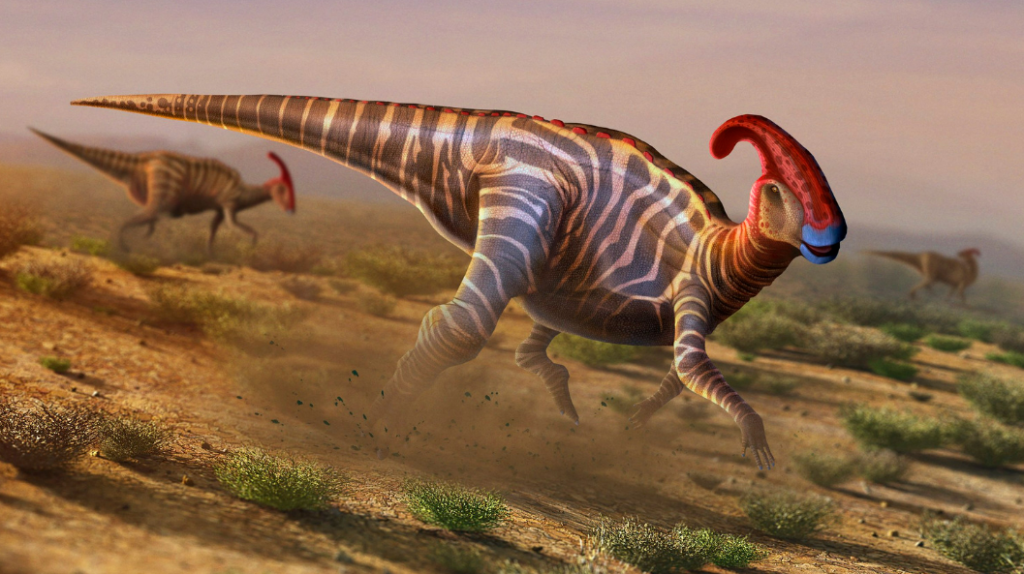
The Parasaurolophus, a cerapod that graced the Late Cretaceous era, carries a name that translates to “near crested lizard.” Renowned for its elongated head crest, it bears a semblance to several present-day chameleons.
Originally unearthed in Alberta, Canada, this herbivorous dinosaur is believed to have wandered across both North America and regions of Asia. Having the characteristics of a cerapod, its diet predominantly consisted of vegetation, such as leaves, branches, and even the needles of pine trees.
Stretching to a length of around 36 feet, the Parasaurolophus had a substantial weight range, tipping the scales between 7,000 to 8,000 pounds. Intriguingly, some scientists theorize that its distinct crest might have been used as a resonance chamber, potentially producing sounds for communication or attracting mates, adding another layer of complexity to this fascinating creature.
Plesiosaurus
“Plesiosaurus – Another marine reptile, famous for its long neck and paddle-like limbs.”

Contrary to popular belief, the Plesiosaurus wasn’t a dinosaur but an ancient aquatic reptile. Though dinosaurs dominated the lands in the early Jurassic period, these sea dwellers were the undisputed champions of the waters, preying on fish and other marine creatures.
As they are not true dinosaurs, they don’t fall under the Saurischian or Ornithischia categories.
In 1823, a trailblazing paleontologist named Mary Anning documented the first entire skeleton of this creature.
Characterized by their elongated necks and turtle-esque bodies, Plesiosaurs, although shell-less, showcased a broad physique complemented by limbs resembling flippers. These creatures could span a remarkable 49 feet in length and generally tipped the scales at around 1,100 pounds. Their unique design has sparked various theories; one interesting speculation suggests that they might have used their long necks to strike swiftly at prey, much like a snake, providing a significant advantage in hunting.
Pterodactyl
“Pterodactyl – A flying reptile, iconic for its wingspan and crested head.”
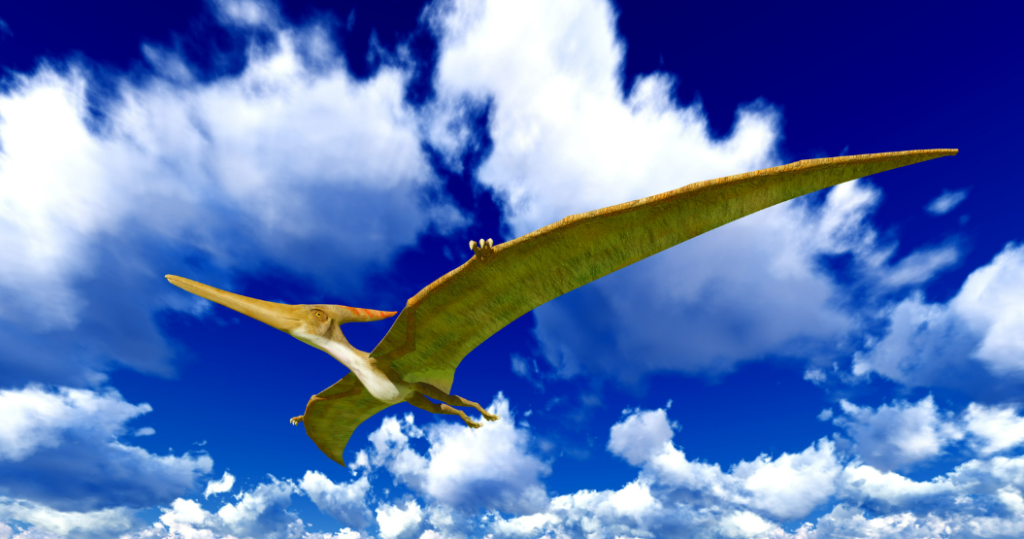
The Pterodactyl stands out as one of the most iconic airborne pterosaurs from the late Jurassic era.
In 1784, the Italian scholar Cosimo Alessandro Collini became the first to describe this pterosaur, drawing from a fossil unearthed in Bavaria, Germany.
Characterized by its pronounced head crest and a wingspan reaching three and a half feet, the Pterodactyl is an embodiment of prehistoric aviation.
Its elongated skull, peppered with numerous teeth, implies that it was carnivorous, preying on smaller creatures. It’s fascinating to note that, unlike birds, pterosaurs like the Pterodactyl did not have feathers; instead, they had a membrane of skin, muscle, and other tissues stretching from the ankles to a dramatically elongated fourth finger, which aided in their flight. This design not only made them effective hunters but also showcased the diverse evolutionary paths taken by creatures of the prehistoric skies.
Spinosaurus
“Spinosaurus – Distinguished by its long spine and semi-aquatic lifestyle.”

The Spinosaurus was an amphibious dinosaur, akin to modern-day crocodiles in its ability to traverse both land and water. Its diverse diet likely comprised hefty land animals and aquatic fish.
In 1912, the first fragments of Spinosaurus bones were unearthed in Egypt by the pioneering paleontologist Ernst Stromer.
Regrettably, the invaluable specimens met their end during the Munich bombings of April 1944 amidst the chaos of World War II. However, more recent discoveries of smaller bone fragments have enriched our understanding of this majestic creature.
Remarkably, the Spinosaurus surpasses even the colossal theropods like the Tyrannosaurus rex in size, making it the most gigantic known terrestrial predator. With a staggering length of 40 to 60 feet and a weight tipping the scales at around 46,000 pounds, this behemoth exemplifies the astounding diversity and grandeur of prehistoric life.
Stegosaurus
“Stegosaurus – Known for its array of bony plates and four sharp tail spikes.”

The Stegosaurus is a quadrupedal thyreophoran dinosaur that roamed during the late Jurassic era.
Thyreophorans are renowned for their protective “armor,” characterized by additional spikes and plates. This category includes famed dinosaurs such as the Stegosaurus and its relative, the Ankylosaurus.
Distinctive for its two parallel rows of large, upright plates along its spine, the Stegosaurus had a robust physique contrasted by a diminutive head.
Notable finds of the Stegosaurus fossils have been recorded in regions spanning the United States to Portugal. Its inaugural discovery traces back to Morrison, Colorado in 1877.
Fascinatingly, the Stegosaurus’ brain was roughly the size of a walnut, quite small relative to its massive body. As a plant-eating dinosaur, it stretched up to lengths of 21 feet and bore a weight ranging from 11,000 to 15,000 pounds.
Triceratops
“Triceratops – Recognized for its three-horned face and massive frill.”
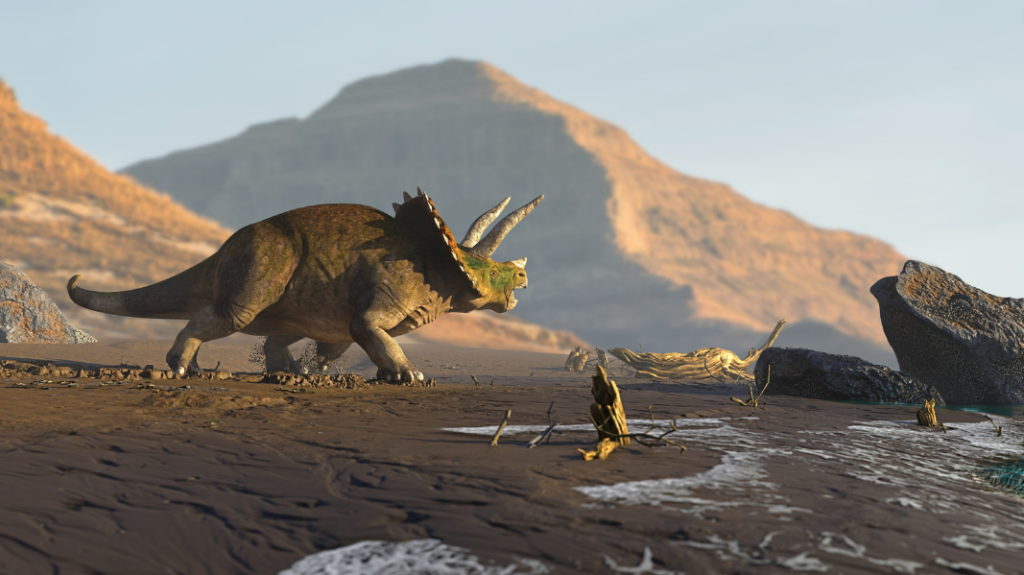
The Triceratops is a celebrated dinosaur, classified under ceratopsids. Ceratopsids were notable quadrapedal herbivores, distinguished by their striking horns and a shield-like frill that adorned the rear of their skulls.
Characteristic features of the Triceratops include its prominent nasal horn, a pair of eyebrow horns, a beak-like mouth, and a protective frill at the back of its head. It’s hypothesized that these horns served as defensive tools, particularly against formidable predators like the Tyrannosaurus rex.
Tracing back to its first discovery, a duo of horns near Denver, Colorado marked the introduction of the Triceratops to science. These dinosaurs are among the frequently uncovered fossils in the western terrains of North America.
A captivating fact about the Triceratops is the sheer size of its skull, spanning nearly eight feet in length! In terms of size, this giant herbivore extended between 26 and 30 feet and tipped the scales at a staggering 13,000 to 26,000 pounds.
Troodon
“Troodon – A small, intelligent carnivore with a distinctive sickle-shaped toe claw.”

The Troodon belongs to the saurischia theropod group and originates from the waning days of the Cretaceous period.
Exhibiting bird-like attributes, this dainty dinosaur was characterized by its trio of clawed toes. Fascinatingly, Troodon eggs bear a remarkable resemblance to those of birds, both in their hard shell and in the evident signs of parental nurturing. This, coupled with their female reproductive systems, makes the connection between them and birds intriguing.
With a considerably large brain and keen eyes, the Troodon was an agile predator. It likely preyed on tinier avians, mammals, and reptilian creatures.
Spanning roughly 8 feet in dimension and tipping the scale at around 110 pounds, the Troodon was nimble yet fierce. Interestingly, its name means “wounding tooth”, hinting at its predatory nature and its sharp, recurved teeth that were crucial for its hunting prowess.
Tyrannosaurus rex
“Tyrannosaurus rex – The king of dinosaurs, infamous for its size and predatory prowess.”

The Tyrannosaurus rex stands as an iconic figure in the dinosaur realm. Noted for its towering stature, notably undersized arms, and its formidable jaws, this behemoth is a staple of prehistoric lore.
Regarded as a prevalent theropod from North America’s late Cretaceous epoch, the initial discovery of T. rex teeth took place in 1874 close to Golden, Colorado.
Further cementing its place in paleontological history, another skeleton was unearthed at Montana’s Hell Creek Formation in 1905.
Given its colossal dimensions and aggressive nature, the consensus among scientists is that the T. rex sat atop the food chain, feasting on sizeable herbivorous dinosaurs like the hadrosaurus, ankylosaurus, and numerous sauropods.
Stretching an impressive 40 feet in length and towering 13 feet from the ground at its hips, this predatory giant tipped the scales between 18,000 and 30,000 pounds. An intriguing fact about T. rex is that despite its fierce reputation, some studies suggest it had a sensitive snout, which might have been used to nurture its young.
Velociraptor
“Velociraptor – Popularized by media, known for its speed and agility.”

The Velociraptor was a nimble carnivore from the twilight of the Cretaceous period. Despite its small stature, this theropod had a diet consisting of petite creatures such as amphibians, insects, and tiny mammals.
Sporting a two-legged posture, a diminutive cranium, and razor-sharp teeth, these creatures stood a mere 1.5 feet off the ground. But, extending nearly seven feet in length, they had a relatively lightweight build, tipping the scales at around 30 pounds.
Intriguingly, the first introduction of the Velociraptor to the scientific world occurred in 1923 during a venture by the American Museum of Natural History in Mongolia’s Gobi Desert. A subsequent discovery in 2008 nearby revealed another species of this fascinating dinosaur. One captivating tidbit is that, contrary to their portrayal in movies like “Jurassic Park”, real Velociraptors were covered in feathers, making them appear more bird-like than their cinematic counterparts.
Table of popular dinosaurs
| Dinosaur Name | Order | Era | Type |
|---|---|---|---|
| Europasaurus | Saurischia | Late Jurassic | Herbivore |
| Gallimimus | Saurischian | Late Cretaceous | Carnivore |
| Hadrosaurus | Ornithopoda | Late Cretaceous | Herbivore |
| Iguanodon | Ornithopoda | Early Cretaceous | Herbivore |
| Mosasaurus | Squamata | Late Cretaceous | Carnivore |
| Parasaurolophus | Ornithopoda | Late Cretaceous | Herbivore |
| Plesiosaurus | Plesiosauria | Early Jurassic | Carnivore |
| Pterodactyl | Pterosauria | Late Jurassic | Carnivore |
| Spinosaurus | Theropoda | Early Cretaceous to Late Cretaceous | Carnivore |
| Stegosaurus | Thyreophora | Late Jurassic | Herbivore |
| Triceratops | Ceratopsidae | Late Cretaceous | Herbivore |
| Troodon | Theropoda | Late Cretaceous | Carnivore |
| Tyrannosaurus rex | Theropoda | Late Cretaceous | Carnivore |
| Velociraptor | Theropoda | Late Cretaceous | Carnivore |
Summary
Dinosaurs roamed the Earth for countless millennia, predominantly during the Jurassic and Cretaceous periods.
While this compilation mentions 25 specific dinosaur species, researchers have identified over 900 distinct varieties.
Many of these ancient creatures were colossal predators, whereas others were diminutive plant-eaters.
Dinosaurs offer a wealth of knowledge about contemporary birds, reptiles, and amphibians. In fact, a significant number of today’s birds, reptiles, and lizards can trace their lineage back to these magnificent prehistoric beings.
